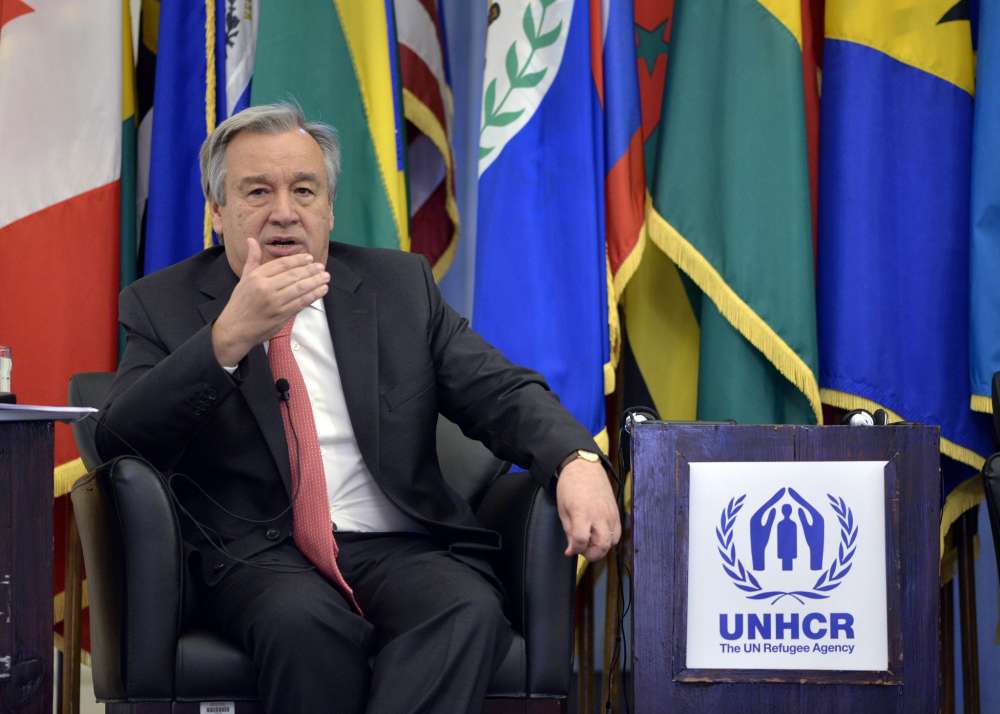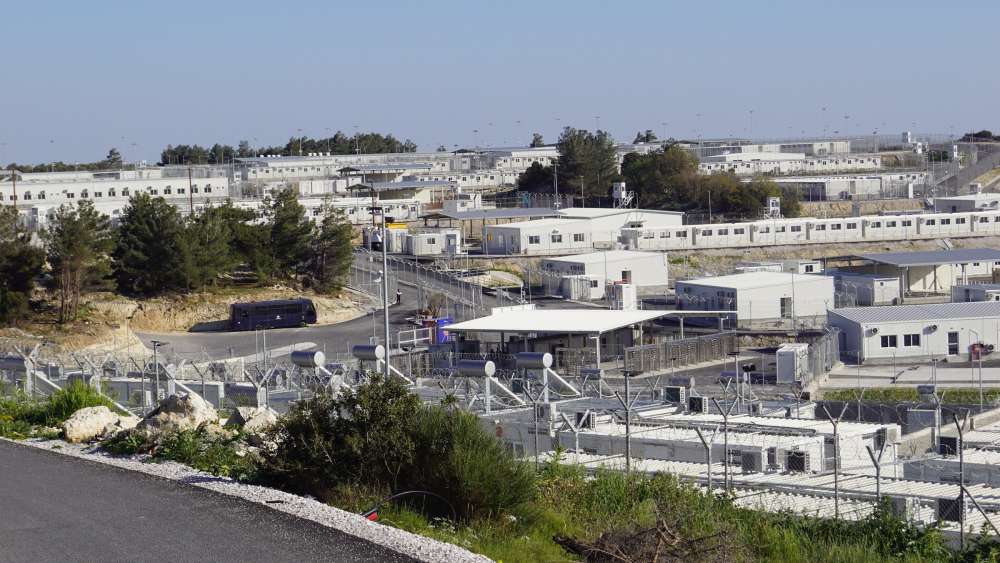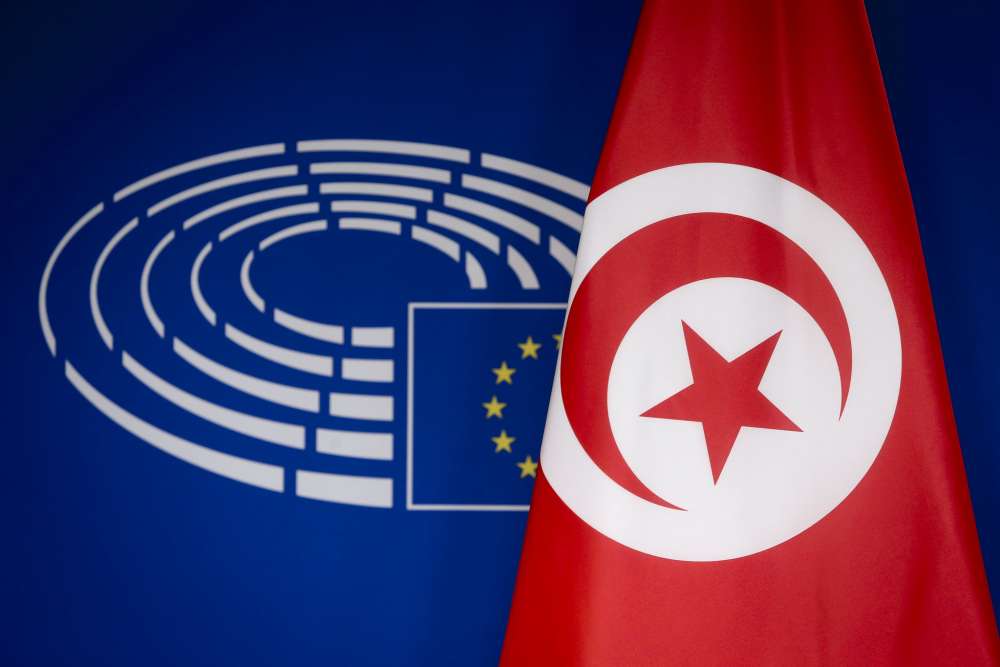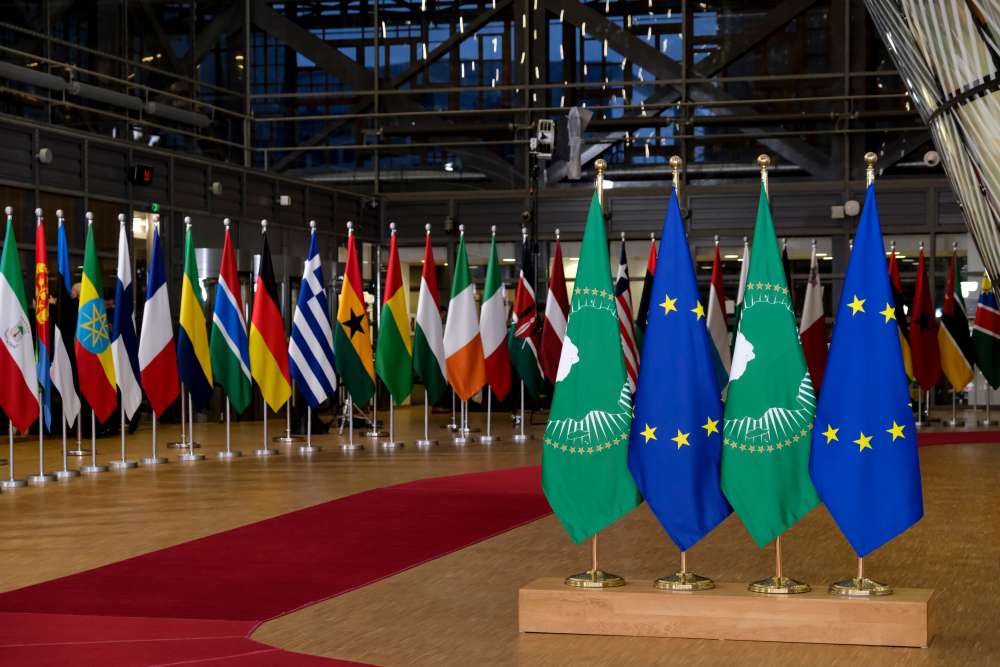Up the Creek Without the Law: What is at Stake in Refugee Responsibility Sharing?

Refugee law has an infamous built-in dichotomy. Its powerful non-refoulement principle means refugees shall not be returned to their home countries or to places where they would be at risk of being returned home. Yet, refugee law does not oblige securing safe direct access from a refugee’s country of origin or transit to a state of asylum. The fragmented response to the large-scale displacement from Syria violently demonstrates that dissonance. Like in any refugee crisis, neighboring regions host the bulk of IDPs and refugees from Syria, which has painful consequences for the quality of protection offered.
How multilateral efforts – beyond the EU’s response to the current crisis – will fill the relative normative vacuum on access to asylum is possibly the single most important issue for the future of refugee protection. In this post, I want to share some thoughts on some of the parameters that are at stake or will determine the feasibility of a multilateral responsibility sharing response.
First, refugees are not passive players in the systemic conditions and the personal circumstances they face, but have – if limited, given the lack of migration channels – leeway to make choices. If they can, they will move to places where they find effective protection, including social and economic integration. Ignoring agency will make any responsibility sharing mechanism unpopular to those whom it is meant to benefit.
Second, while refugee law does not include strong norms on responsibility, policy initiatives to foster responsibility should not trade away compliance with refugee law. The refugee law regime – based on the 1951 Convention relating to the Status of Refugees – has proved remarkably stable over the past sixty years, not least because it subtly balances human rights obligations and other state interest. It has also seen considerable evolution by human rights law as interpretative guidance, and has been complemented by non-return obligations under human rights law.
Third, despite evidence that migration is difficult to control, the desire to do so is the basic tenet of most states’ migration policies. Indeed, this has led some to suggest that this control paradigm is the “last bastion of sovereignty” in a world where globalization increasingly challenges traditional territorial sovereignty. Migration control gears at stopping “irregular” migration, and, given mixed migration flows, does not stop short at refugees.
Finally, the current governance system entails a certain perception of gains and losses. Whether well founded or not, hosting refugees continues to be associated with material and social costs and risks. Gulf countries have argued that they had accepted hundreds of thousands Syrian workers, but not refugees. Viktor Orbán, prime minister of Hungary, fueled concerns about Muslim immigration into an overly Christian country. It should be a goal of broad and unlikely coalitions among refugees, civil society and progressive governmental actors to correct that perception. Yet, as it resonates with policy makers and voters, some actors will attempt to duck out of collective action. It also means that “solidarity” is widely understood as distribution of refugees relative to objective economic and social factors that are deemed relevant for a country’s “capacity” to host refugees.
There have been some proposals to move out of the gridlock in refugee responsibility sharing, each of which has its own downsides – they either trade refugee law standards, or are unrealistic for the short and medium term.
In Germany, the federal Minister of Interior suggested that the EU should come up with large quotas for refugees, fly them into EU territory, but refuse to accept refugees once the quotas are exceeded. Such quotas would effectively abolish refugee law as we know it, or at least necessitate for the EU to dismantle its standards for “safe third countries.” Currently, and rightly so, the law demands more than mere safety against inhuman or degrading treatment in such countries; it has to be possible to request refugee status and to “receive protection in accordance with the Geneva Refugee Convention.” Lowering that standard would raise issues of compliance with the 1951 Convention and make the safe third country concept pointless – anything that would be left of it would be the obligation not to return individuals to situations of inhuman and degrading treatment, an obligation independent of the Procedures Directive.
Second, there are ideas for tradable quotas, proposed in particular by economists and for the EU context, which are modelled after markets for carbon emissions. Ostensibly, market-based systems seem like jack-of-all-trades: they can consider refugees’ agency, are respectful of the control paradigm, address problems of free-riding/ducking out, and may be designed in a way that does not compromise refugee law. Yet, experiences from international climate policy show how difficult it is for global, rather than multiple regional, markets. In the refuge context, “cap and trade” also has a bitter aftertaste, by transforming what is essentially a human dignity question into (a) market(s).
Another proposal is to conceive of a non-tradable global quota system, administered by a re-vamped UNHCR that allocates quotas based on respect for legal norms. The proposal is championed by James Hathaway based on a comprehensive dialogue project in the 1990s among lawyers, social scientists, activists, and governmental and intergovernmental officials from around the world. It is a powerful vision for how a long-term global alternative to the current governance system could look. Unlike the former proposal, it does not trade refugee law standards for safe access. However, a new global system is unlikely to see the light of day in the short and medium term. There needs to be stepping stones in a process towards more responsibility sharing.
Under the current circumstances, what may be more adequate for moving out of the gridlock in refugee responsibility are large-scale resettlement and humanitarian admission. Both instruments do compromise on refugee agency (although they can accommodate subjective criterial such as social ties). Yet, they leave refugee law standards intact and respond to the control paradigm. They are also more realistic on the perception of gains and losses, since countries have leeway to define their own criteria for resettlement, and since resettlement comprises only a fraction of the world’s refugee population – some 960,000 people in need, with a tenth matched with actual resettlement places. It is high time for conceiving a multilateral mechanism that more reliably ensures resettlement needs are met and states in the region of flight are supported.
In the past, some attempts to foster resettlement – such as under the Convention Plus initiative – did not yield many results. Yet, momentum appears to be growing. In Canada and the US, refugee advocates have successfully lobbied for more resettlement places as well as for possibilities of private sponsorship.
For sure, large-scale humanitarian admission and resettlement are far from being a new global system of refugee responsibility sharing, although they could play a part in or even be a stepping stone for such system. On their own, they will not do away with the dichotomy of refugee law. Yet, with the bar for improvement hanging low, they would be a big and small step alike.
This op-ed originally appeared in the European Journal of International Law Blog on November 2, 2015.







